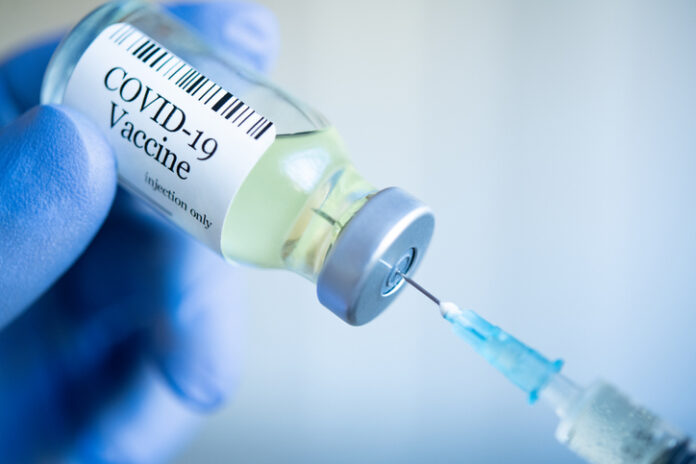The rollout of COVID-19 vaccinations in the U.S. has gotten off to a slower than anticipated start with less than 32 percent of distributed vaccines being administered as of January 6, according to the U.S. Vaccine Campaign.
The Trump Administration’s Operation Warp Speed task force had set a goal of 20 million inoculations by the end of 2020. Fewer than 5.5 million were administered by January 6.
Health and Human Services Secretary Alex Azar told reporters on January 6 blamed the holidays and the give and take of a distribution chain. “There’s always going to be a lag between available doses, then the ordering by the providers, then the shipping, then the actual administering of the vaccine, and them importantly, the reporting of those vaccinations,” said Azar.
Of the federal agencies involved in the process, Azar stated “the data aggregation system there is not yet perfect or real-time. There are entities not reporting.” Vaccines were being doled out by hospitals and other health care institutions, but pharmacy chains and health clinics have been working to join the list.
The vaccine requires a second dose within several weeks, and there has been some suggestion to pull back on that time period until more Americans received the first dose.
First in Line
Questions about priority and speed have surfaced after vaccinations began on December 14. Before leaving office, U.S. Rep. Tulsi Gabbard (D-HI), voiced her concern that essential workers are being placed in line before seniors and the elderly, who are at the most risk for serious illness from a COVID-19 infection.
“The mortality rate of our seniors is far higher than it is for anyone in any other age bracket,” stated in a video she posted on Twitter on January 2. “Our seniors need to be protected now.”
The U.S. Centers for Disease Control Advisory Committee on Immunization Practices (ACIP) issued recommendations for the order in which COVID-19 vaccinations should be offered. Phase 1a includes health care personnel and long-term care facility residents and phase 1b includes persons over the age of 75 and non-health care frontline workers. Individuals who are aged 65-74 are recommended in phase 1c.
Reasonable people can disagree over who should be prioritized for the vaccine, says Jeffrey Singer, M.D., a surgeon and senior fellow with the Cato Institute.
“There are some respected epidemiologists who believe the young and active–those most likely to spread the virus to others–should receive priority over nursing home patients who are relatively sequestered in their normal lifestyle,” said Singer. “Most, however, believe that if the primary goal is to ‘flatten the curve’ so that hospital systems don’t get overwhelmed, then the priority should be given to those who are most likely to need hospitalization.”
Singer says there is agreement among epidemiologists that health care workers should be a top priority. “All agree that frontline health workers are most at risk of catching and spreading the virus, both within health institutions and by bringing it home to their households.”
Government Obstacles
In any case, government micromanaging will make the problem worse, not better says Singer. “The problem is that when central planning–as opposed to markets–is the means employed to distribute goods or services to those people to whom they are most valuable, it is very difficult to get it right.”
The states must follow ACIP guidelines but are free to institute their own method of distribution.
“Fortunately, with our federalist system, we have 51 different central plans, and in some states, they devolve central planning to even more local governmental agencies,” said Singer. “So when errors are made, at least fewer people get harmed than would be the case if there was a one-size-fits-all central plan administered in Washington, DC. And the decentralized approach also allows local governments to learn from one another about strategies that work and those that don’t.”
A bright spot in the vaccine rollout has been West Virginia, where all nursing home residents have been vaccinated and the state, as of early January, was close to completing their first-priority population. State health officials declined to follow the federal strategy to rely on Walgreens and CVS to distribute shots to long-term care facilities.
Kelsey Hackem, J.D. (khackem@gmail.com) writes from Washington State.





















[…] (The Center Square) – Vaccinating teachers is seen by some as the key to reopening New Jersey’s schools, but the governor says any reopening cannot be tied exclusively to the vaccination rollout. […]